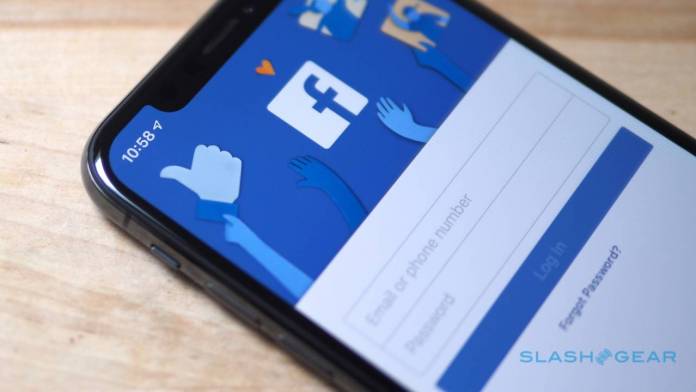
Two-factor authentication has been pretty helpful in preventing unauthorized access to your online accounts by getting a confirmation code whenever you try to log in. However, Facebook has also been using the numbers registered for 2FA for other purposes like targeted advertising and to populate the “people you may know” suggestions. Previously they have stopped doing the former and it looks like they will also stop doing the latter, finally listening to protests from privacy experts as well as some of its users.
If you’re not familiar with two-factor authentication on Facebook, it lets you register a mobile number so it will send a time-sensitive code when you’re trying to log on to the site or app. This is, of course, good to prevent unauthorized access but Facebook admitted to using it for other purposes as well, using the numbers to help connect people on their network. Previously, they already made a commitment to stop using the numbers for advertising purposes.
But another way that they have continued to use the numbers is to compare the number with other users’ contacts and then use it to suggest people you may know. But now, Facebook confirmed with Reuters that they will no longer be doing this with the 2FA numbers. They will start in Cambodia, Ecuador, Ethiopia, Libya, and Pakistan. They will eventually do a global rollout for this change by early 2020.
They did not specify why they’re finally making this change but this is probably to lessen the number of people who were removing themselves from the “people you may know” tool. And of course, we’re all familiar with the various privacy issues that they have been facing. In fact, they have to provide quarterly privacy certifications to the US Federal Trade Commission as they have been accused of mishandling user privacy.
You actually can delete your contacts that have been uploaded on Facebook when you first installed and signed in. Go to the “Uploading and Managing Your Contacts” screen and then Delete All and then switch off the “continuous contact uploading” feature.









